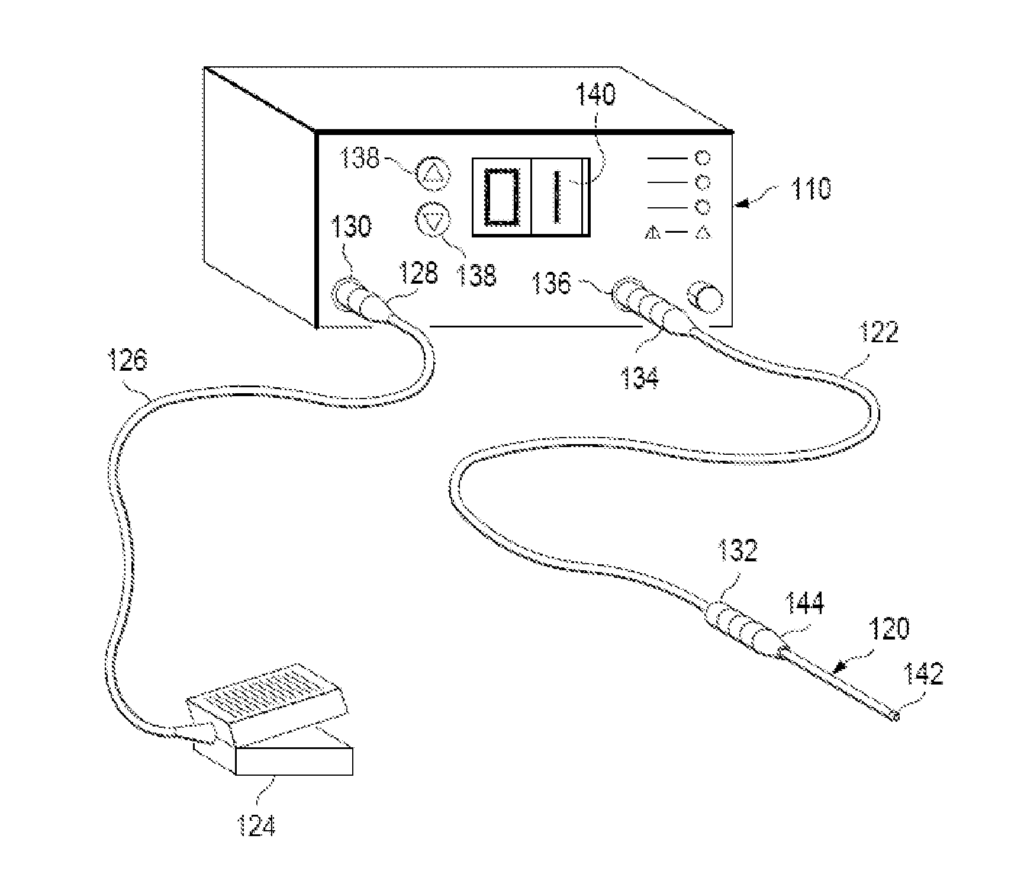Temperature Control for Joint Protection
Introduction
This innovative system for limiting joint temperature provides a critical solution for protecting joints during therapeutic procedures or physical rehabilitation. By controlling heat buildup in joints, the technology ensures that patients undergoing treatments—whether for injury recovery, arthritis, or post-surgery—are protected from overheating, which can lead to inflammation or further damage. For medical device manufacturers and healthcare providers, this technology offers a valuable tool to improve patient outcomes, ensuring joint care that maximizes healing while minimizing risks.
The Challenge: Managing Joint Heat During Recovery
In physical therapy and rehabilitation, particularly for joint injuries or conditions like arthritis, maintaining optimal joint temperature is essential for reducing inflammation and pain. Excessive heat can cause additional tissue damage and prolong recovery time, making it crucial to manage joint temperature during treatments. However, existing therapies may not always effectively regulate joint temperature, leading to the risk of overheating and compromising the healing process. As patients seek more effective and safer treatment options, there is a growing demand for devices that can prevent joint overheating while promoting recovery.
Effective Temperature Regulation for Safer Healing
This joint temperature control system addresses these challenges by offering precise, real-time temperature management for joint therapies. The system continuously monitors and limits heat buildup, ensuring that joints remain within a safe temperature range during treatment. This technology can be integrated into various therapeutic devices, such as braces, wraps, or rehabilitation machines, providing enhanced safety for patients undergoing recovery from injuries, surgeries, or chronic conditions. By offering better control over joint temperature, this system promotes faster healing and helps prevent complications such as excessive swelling or tissue damage.
Key Benefits for Medical Device Companies and Healthcare Providers
For medical device manufacturers, this technology offers a way to differentiate products by integrating temperature control mechanisms that enhance patient safety and treatment efficacy. Orthopedic and sports medicine practices will benefit from the system’s ability to protect joints during rehabilitation, reducing the risk of complications and improving recovery times. Hospitals and clinics can incorporate the technology into their physical therapy offerings, providing patients with safer, more effective joint care solutions. This technology is especially beneficial for elderly patients or those with chronic joint conditions who need extra care during rehabilitation.
Invest in Joint Health Innovation
Licensing this temperature control for joint protection technology positions your company as a leader in orthopedic care and rehabilitation solutions. By offering a system that ensures safe, effective joint treatments, your business can meet the growing demand for advanced therapeutic tools that prioritize patient safety and recovery. This technology is a smart investment for companies focused on improving joint health outcomes and delivering innovative healthcare solutions.

- Abstract
- Claims
What is claimed is:
Share
Title
Systems and methods for limiting joint temperature
Inventor(s)
Duane W. Marion, Katherine Knudsen, Robert DeCou
Assignee(s)
Arthrocare Corp
Patent #
9452008
Patent Date
September 27, 2016
